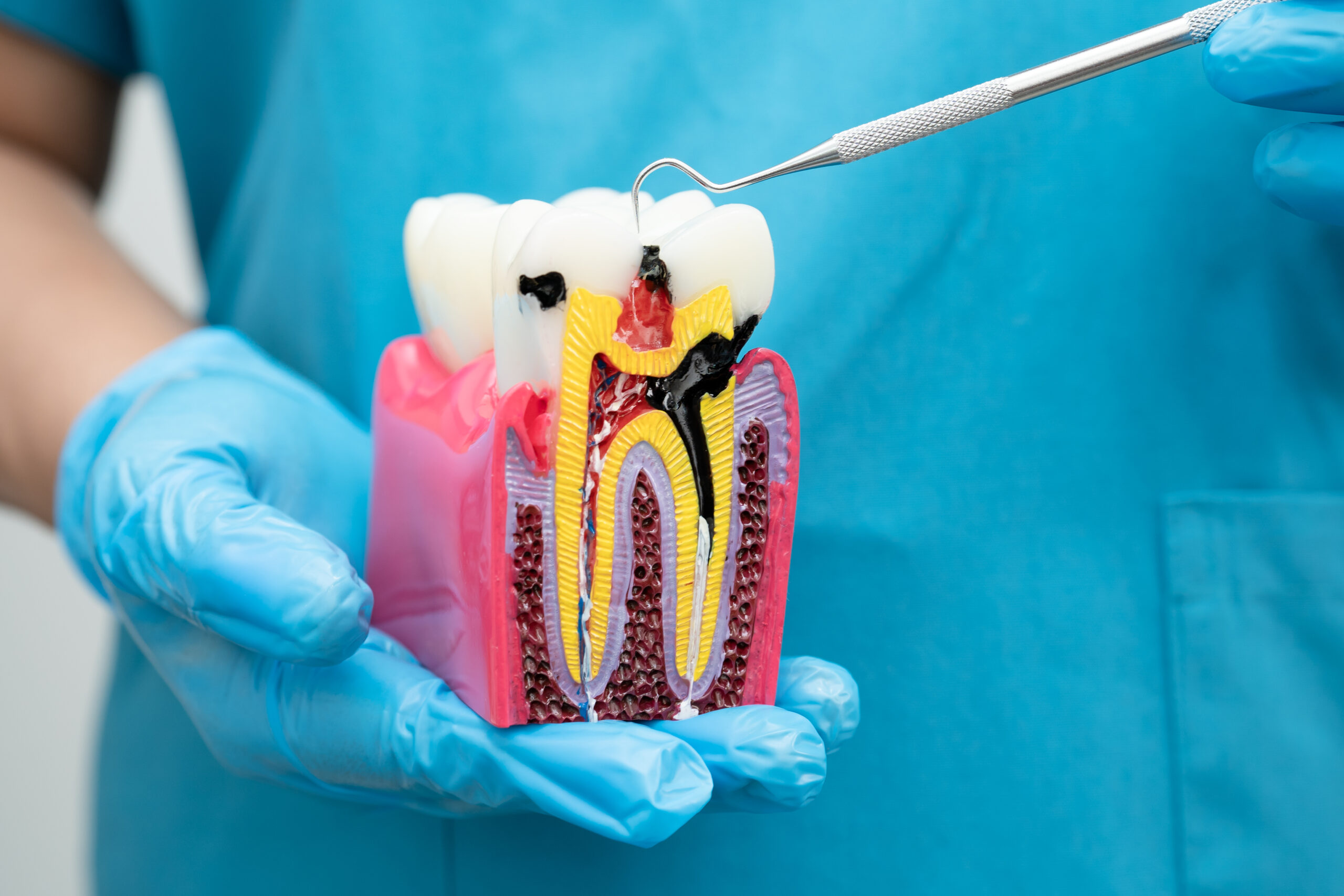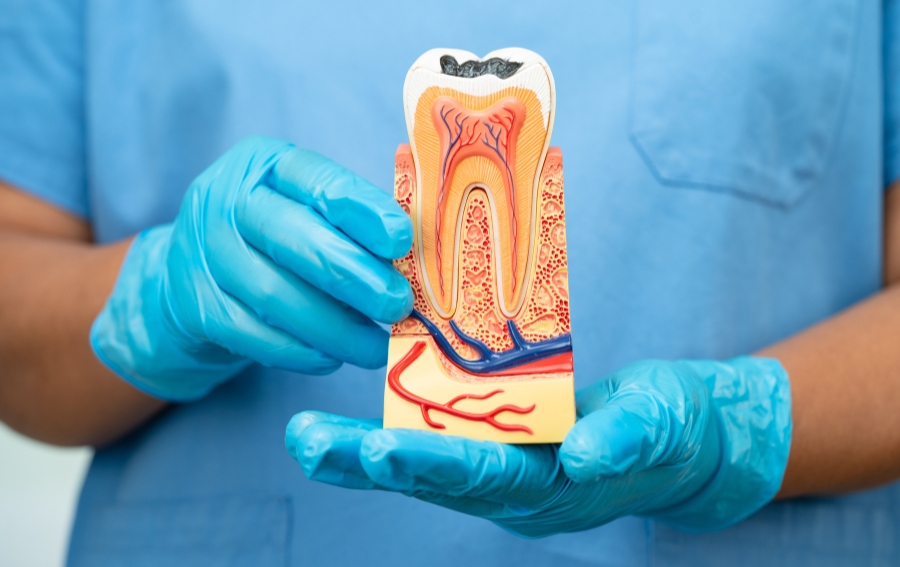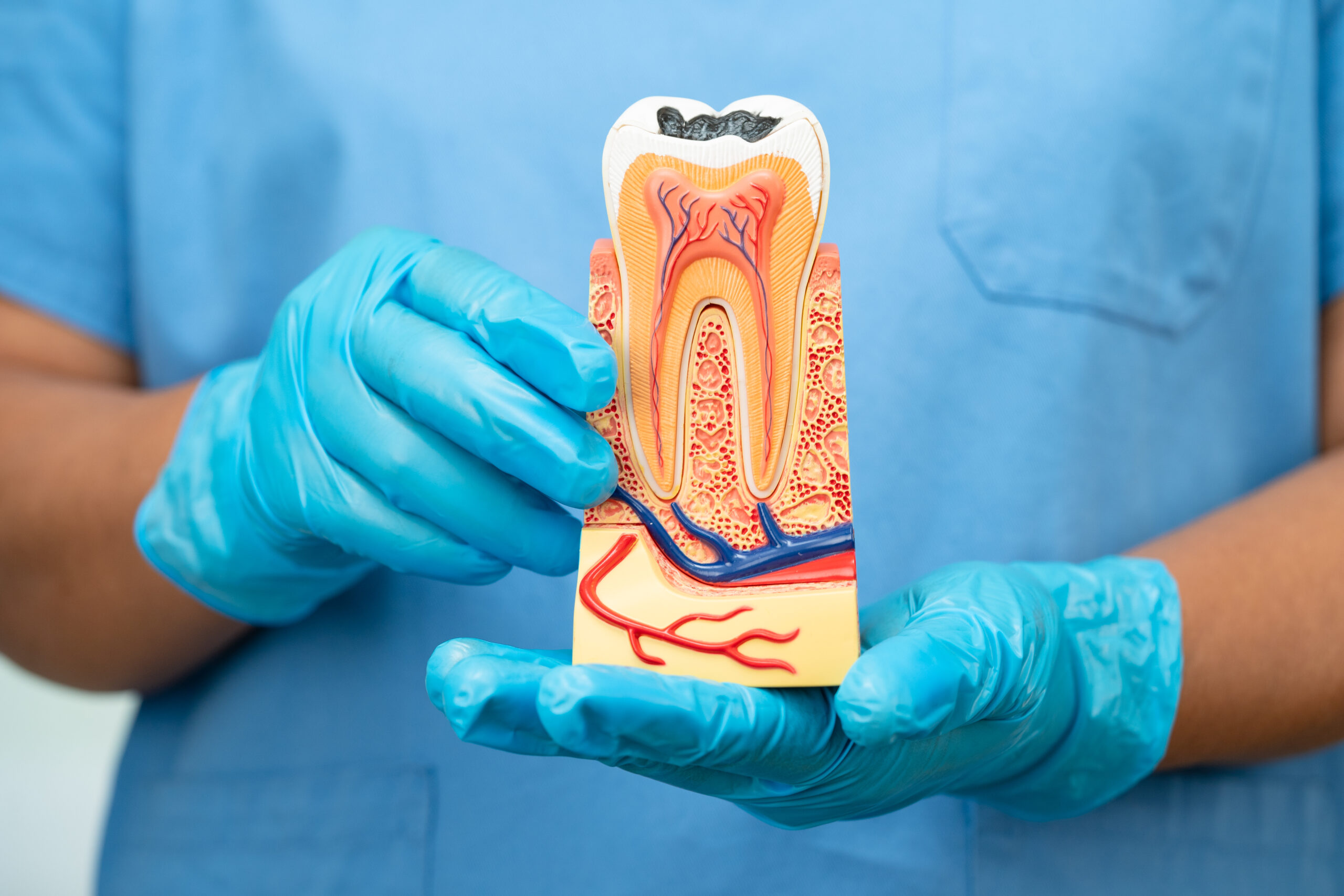
The phrase “root canal” once struck fear in the hearts of dental patients, often associated with pain, lengthy appointments, and challenging recoveries. However, modern dentistry has made significant advancements. Today, root canals are faster, much more comfortable, and highly effective at saving natural teeth. Thanks to improved tools, digital diagnostics, and patient-centered care, this common procedure has become routine and nearly pain-free.
In this guide, we’ll explain why modern root canals are vastly different from those of the past, when you might need one, and how the treatment process works from start to finish.
What Is a Root Canal and Why Might You Need One?
A root canal is a dental procedure that removes infected or damaged tissue (known as pulp) from inside a tooth. If left untreated, this infection can spread and lead to more serious oral health problems—or even tooth loss. By cleaning out the infection and sealing the space, a root canal helps save the tooth and restore its normal function.
Common signs that you may need a root canal include:
– Persistent or severe tooth pain, especially when biting.
– Sensitivity to hot or cold that lingers.
– Swollen or tender gums around the affected tooth.
– Tooth discoloration or darkening.
– A pimple-like bump on the gums (which may indicate an abscess).
Seeking care early can prevent the infection from worsening and help save your tooth.
How Root Canals Have Evolved?
Root canal treatment has changed dramatically, thanks to modern dental technology. What once required multiple visits and lengthy recovery times can now often be completed comfortably in just one or two appointments.
Here’s how advancements have improved the process:
Digital Imaging: High-resolution X-rays and 3D scans allow for precise diagnosis and targeted treatment.
Rotary Tools: Electric instruments speed up cleaning and reduce discomfort.
Apex Locators: These devices enhance accuracy by measuring the exact length of the root.
Enhanced Anesthetics: Modern local anesthesia is highly effective, making the procedure nearly painless.
Streamlined Visits: Many root canals can now be completed in a single appointment, leading to faster recovery.
Thanks to these innovations, the process is now more efficient, accurate, and patient-friendly.
Benefits of Today’s Root Canal Treatment
Modern root canal therapy offers several key advantages:
Minimal Discomfort: Most patients liken it to receiving a dental filling.
Quick Recovery: Many individuals return to their normal activities within 24 hours.
Tooth Preservation: The treatment keeps your natural tooth intact and functional.
Natural Appearance: A custom crown is created to blend seamlessly with your other teeth.
Long-Lasting Results: With proper care, treated teeth can last a lifetime.
What to Expect Before, During, and After the Treatment
Here’s a quick overview of what happens during the treatment:
Before: You’ll receive digital X-rays and local anesthesia to ensure a pain-free experience.
During: The infected tissue is removed, and the root canals are cleaned, shaped, and sealed.
After: Some soreness is typical, but it is usually mild. A crown will be placed later to protect the tooth.
Proper aftercare—including regular brushing, flossing, and dental checkups—will help ensure long-term success.
When to See Your Dentist
If you’re experiencing tooth pain, sensitivity, swelling, or discoloration, don’t delay seeking help. These could be signs of an infection that may require a root canal. Modern treatment is quick, safe, and can help save your smile with minimal discomfort.
Let go of outdated fears—today’s root canals are a smart, effective solution for maintaining lasting oral health.



